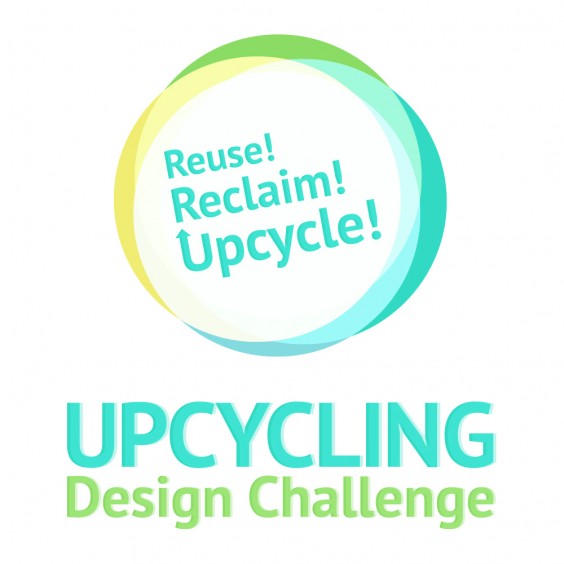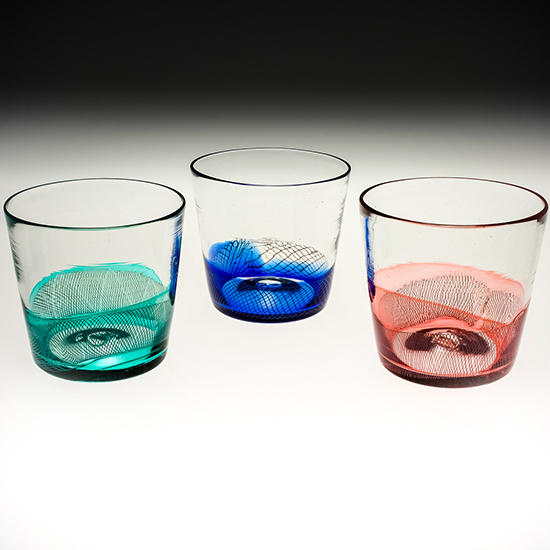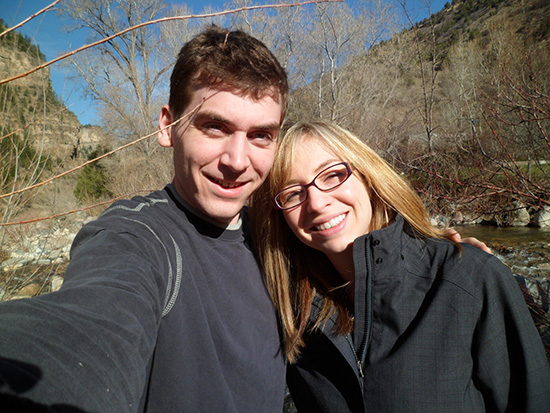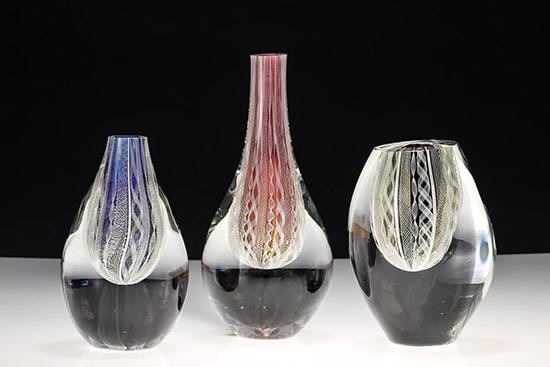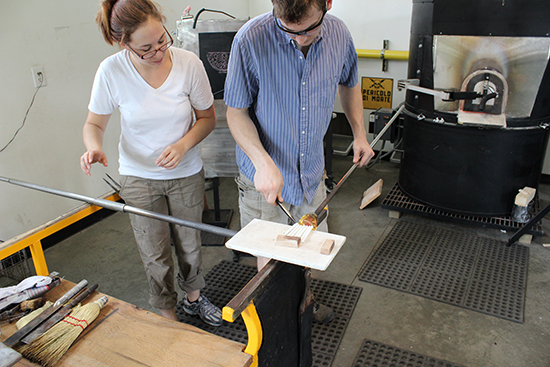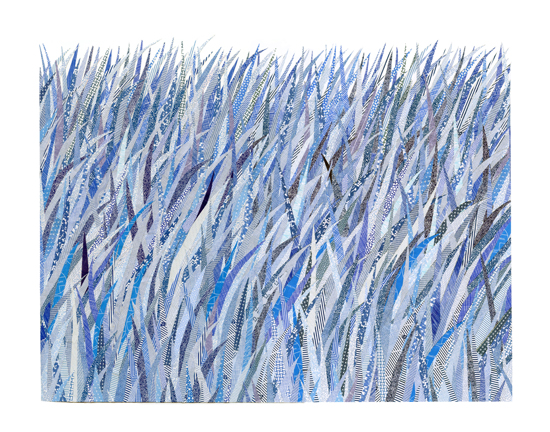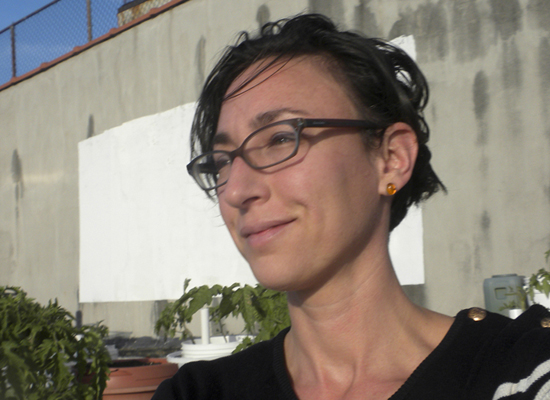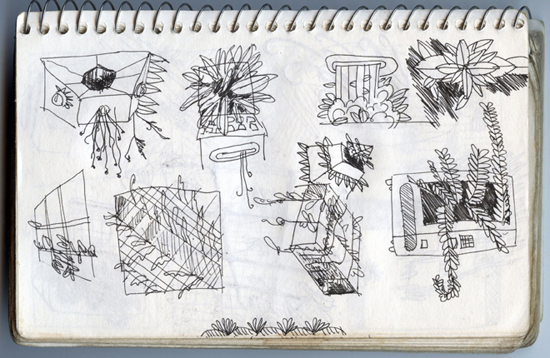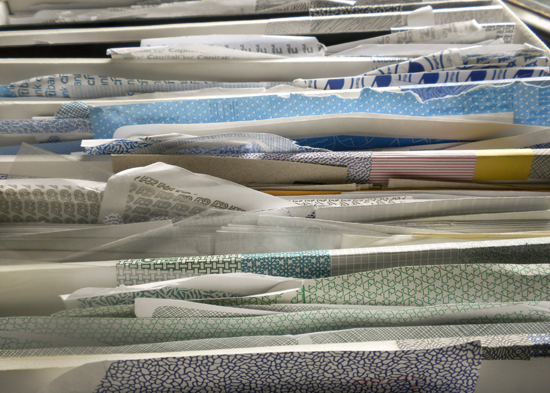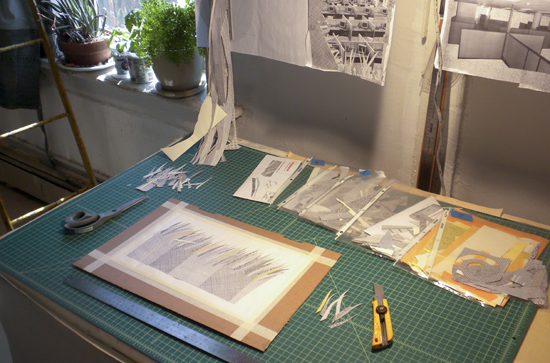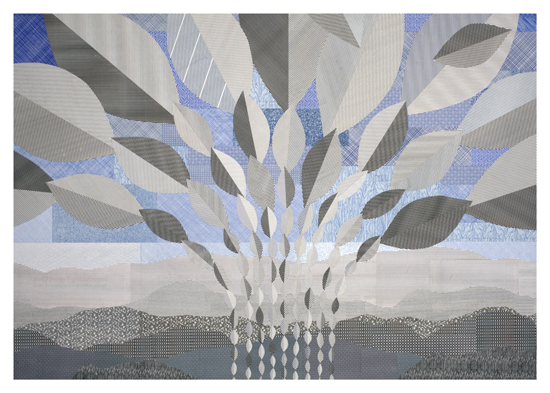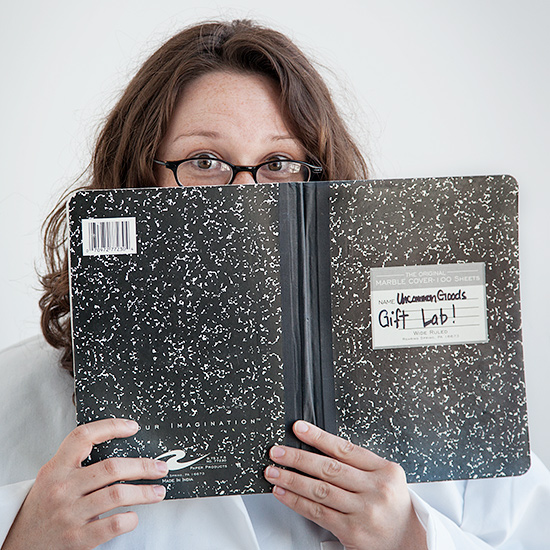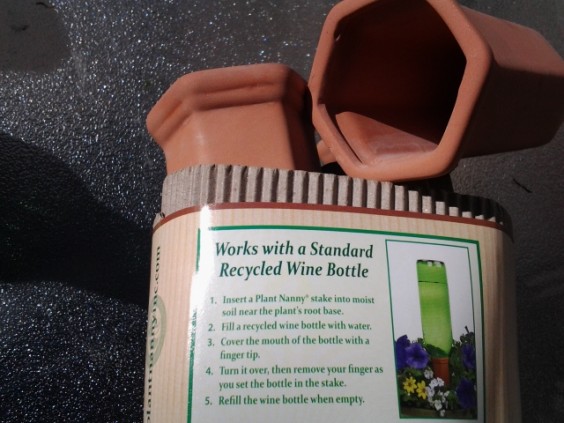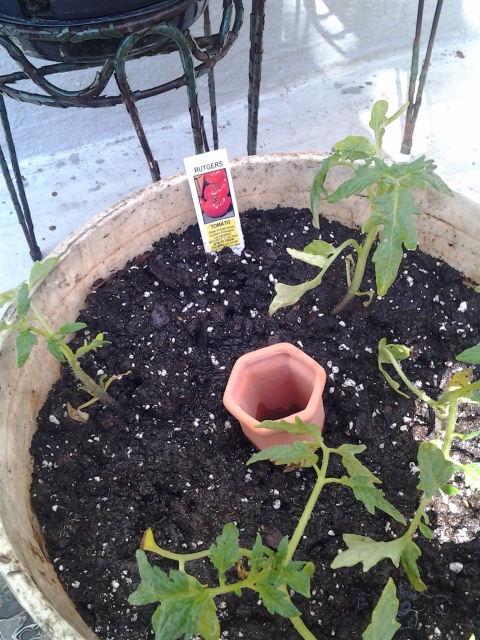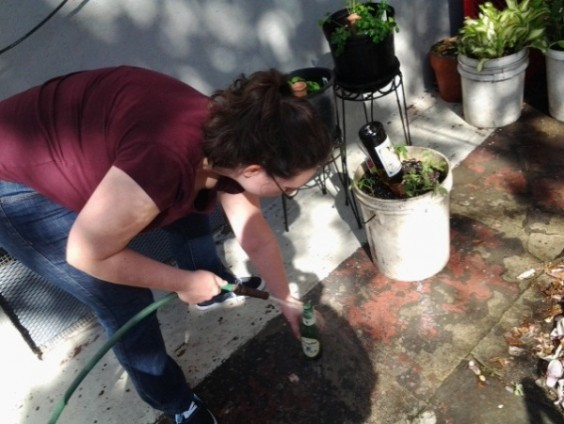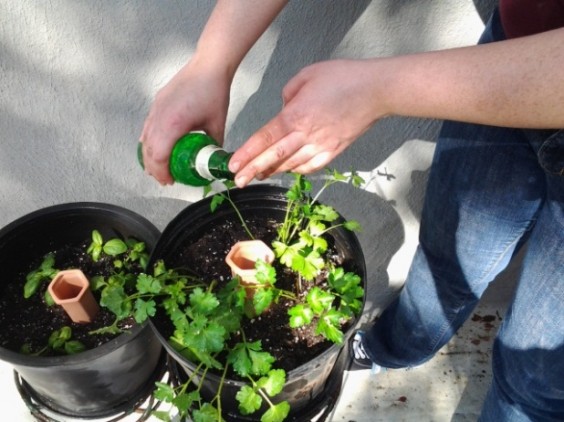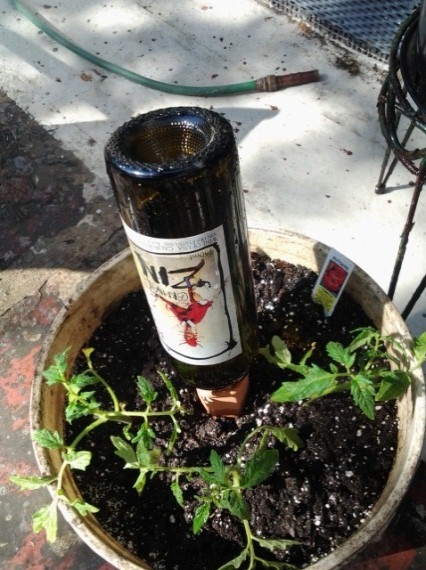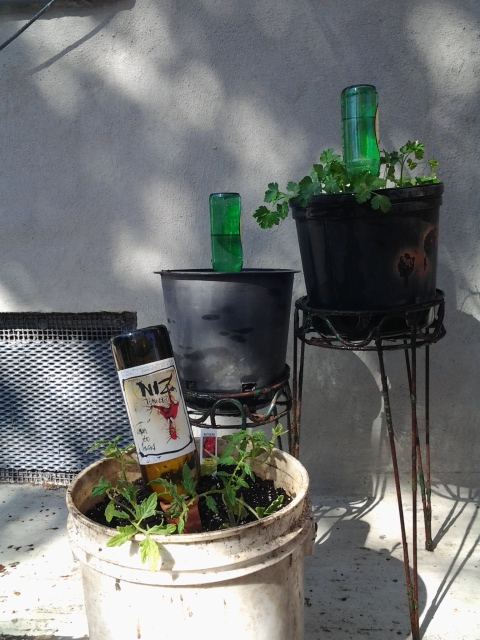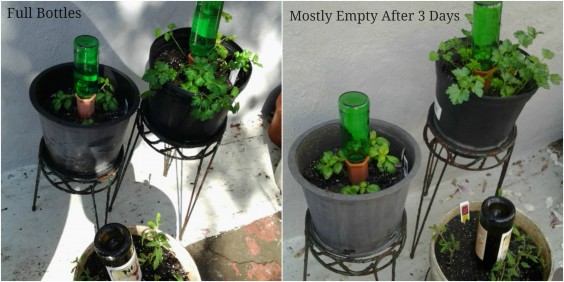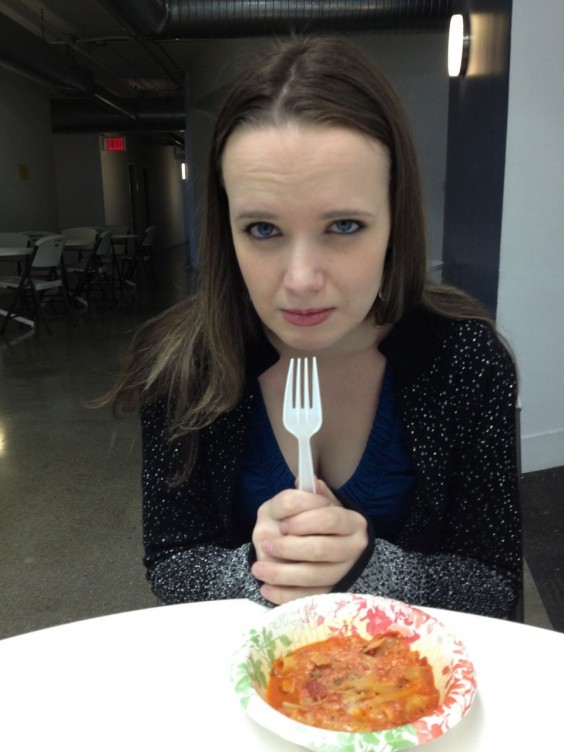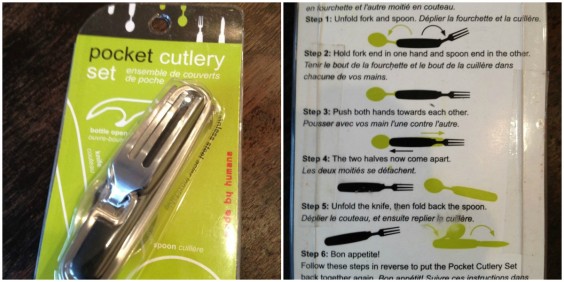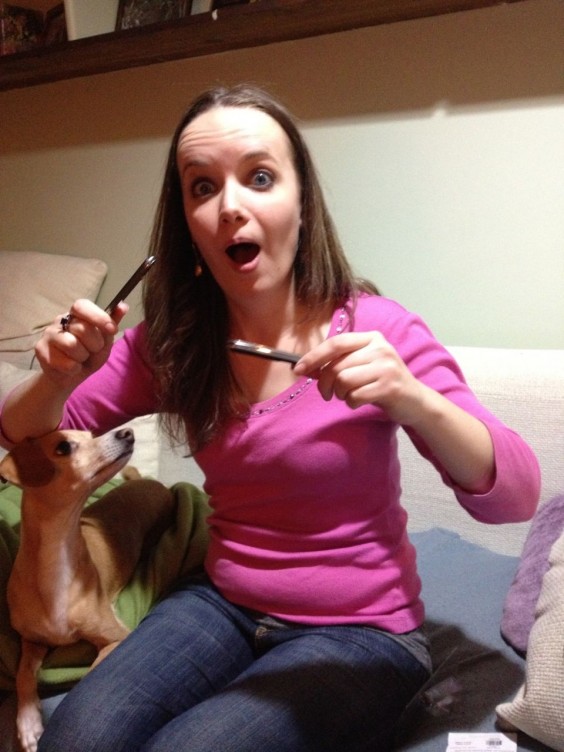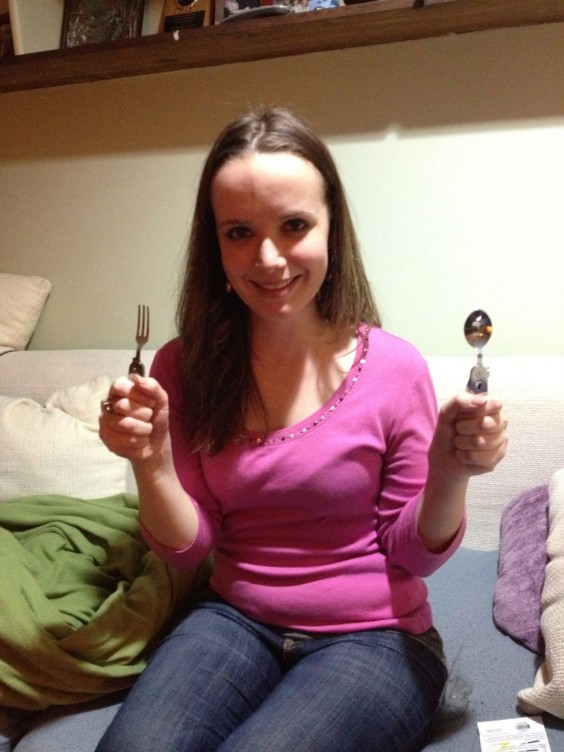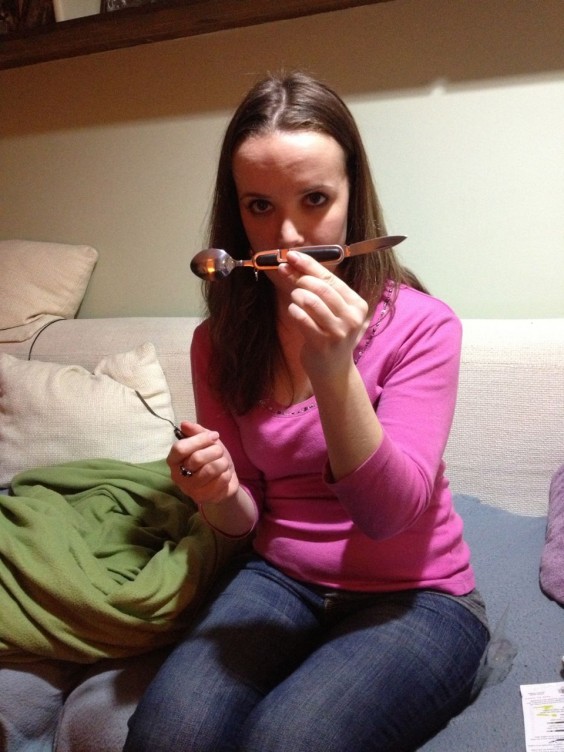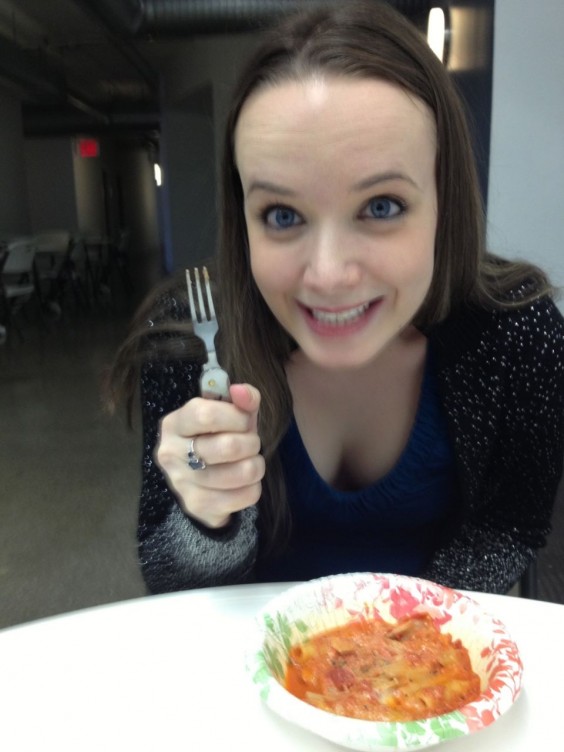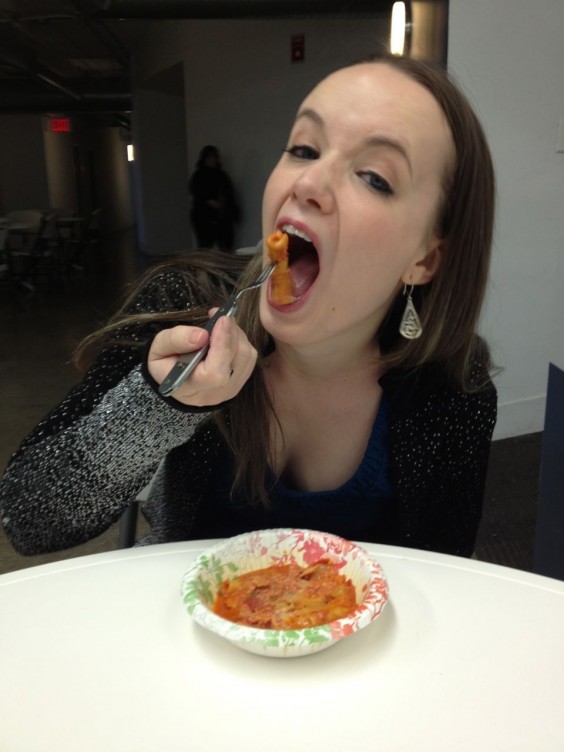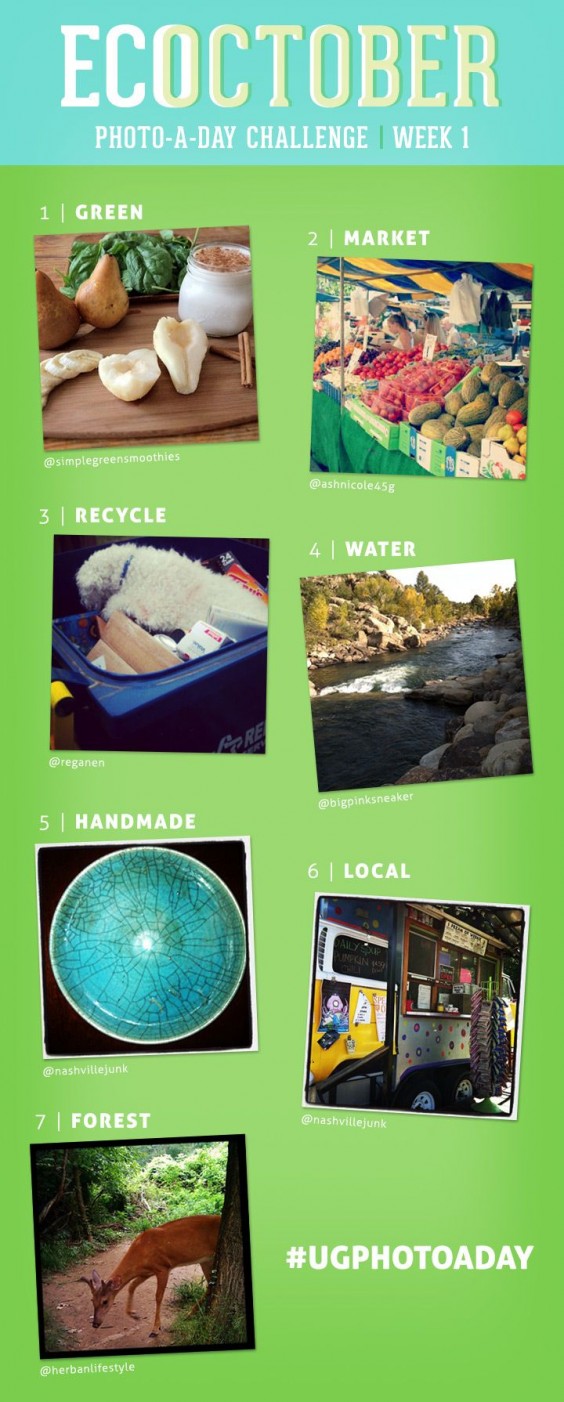Reuse! Reclaim! Upcycle! Sustainability is certainly value of ours, and we believe it’s an important value of our customers and community as well. We’ve all heard the popular saying “One man’s trash is another man’s treasure.” And we absolutely stand by that quote here at UncommonGoods because we love all of our upcycled products we feature on our site! We’re a fan of old things turned anew, from old records to bicycle tubes to recycled glass made into framed art, purses, or jewelry. Even though we already have a great selection of upcycled products, we are still searching for more fun and interesting items to feature!
If you have a special upcycled product design that you would like UncommonGoods to take a look at, enter into this month’s featured contest! You’ll have a chance to win $500 and a vendor contract with us.
To submit your upcycling designs and for the complete contest rules visit our Upcycling Design Challenge page.

